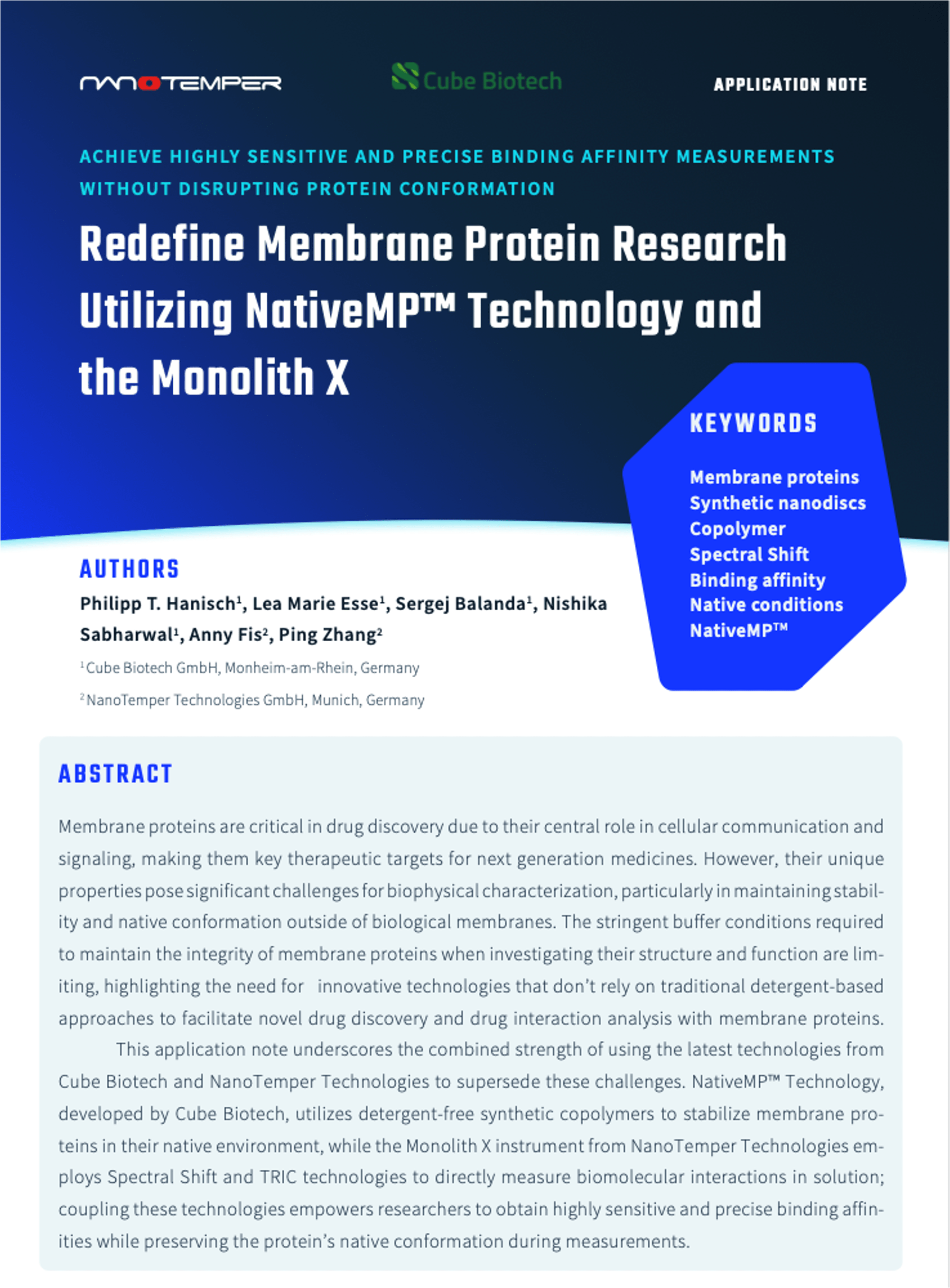Costales, M., Suresh, B., Vishnu, K., et al.
Cell Chemical Biology 2019, vol: 26(8) doi: 10.1016/j.chembiol.2019.04.008
Abstract
Small-molecule targeted recruitment of nucleases to RNA is a powerful method to affect RNA biology. Inforna, a sequence-based design approach to target RNA, enables the design of small molecules that bind to and cleave RNA in a selective and substoichiometric manner. Here, we investigate the ability of RNA-targeted degradation to improve the selectivity of small molecules targeting RNA. The microRNA-210 hairpin precursor (pre-miR-210) is overexpressed in hypoxic cancers. Previously, a small molecule (Targapremir-210 [TGP-210]) targeted this RNA in cells, but with a 5-fold window for DNA binding. Appendage of a nuclease recruitment module onto TGP-210 locally recruited ribonuclease L onto pre-miR-210, triggering its degradation. The chimera has enhanced selectivity compared with TGP-210 with nanomolar binding to the pre-miR-210, but no DNA binding, and is broadly selective for affecting RNA function in cells. Importantly, it cleaved pre-miR-210 substoichiometrically and induced apoptosis in breast cancer cells.
Topics: PROTACs, Monolith – MicroScale Thermophoresis, MST, Publications











